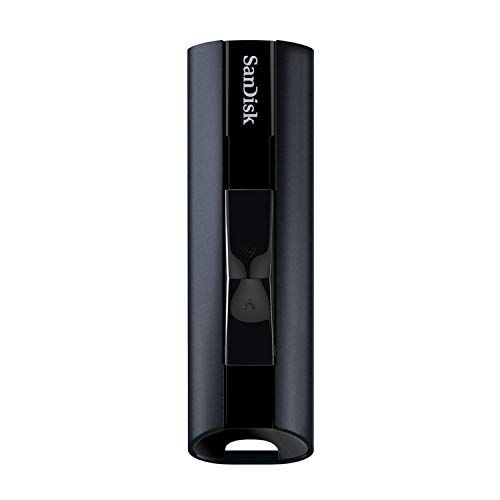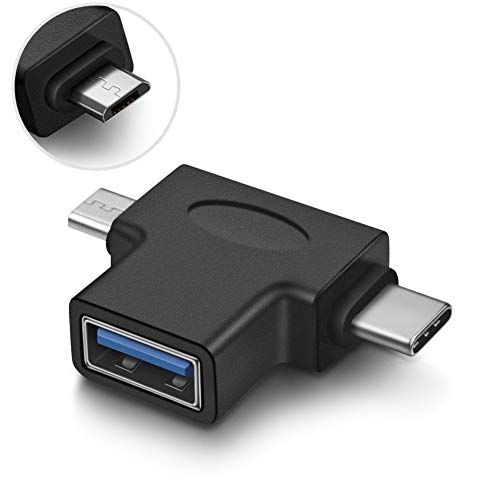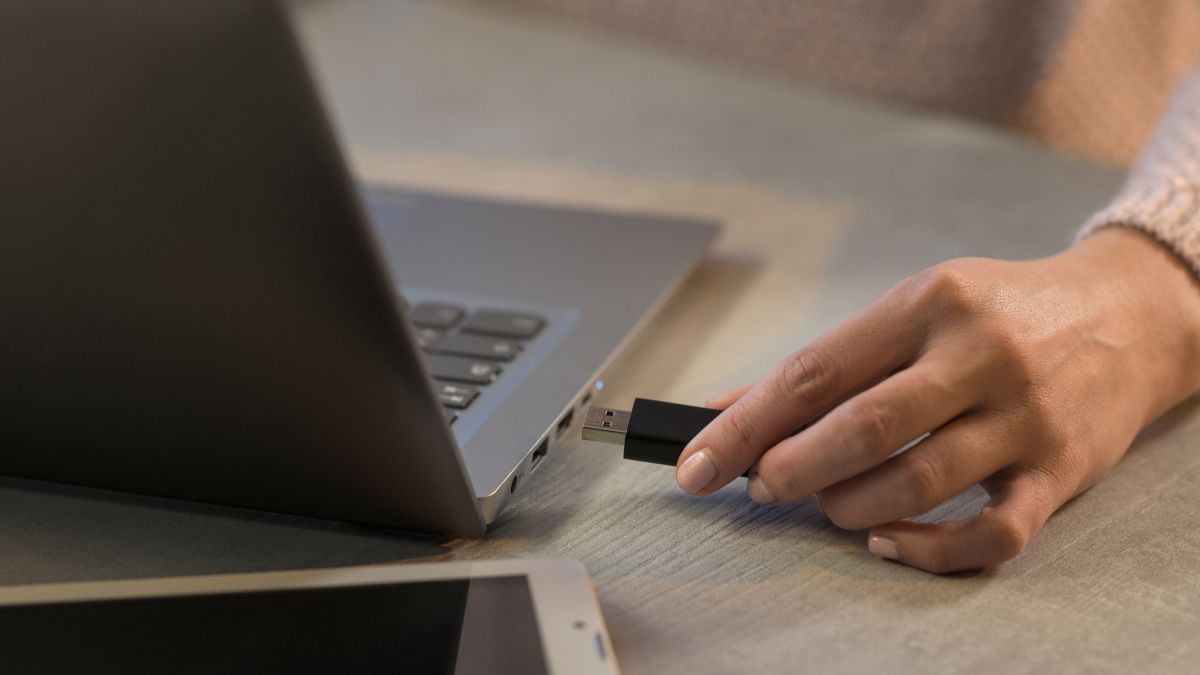Quick Links
Still using an outdated USB flash drive to store your files? Why not upgrade to a newer, bigger, and faster stick that will last you for years to come? Here's why you might want to replace your old USB stick.
You're Running Out of Storage
One of the most common reasons you'd upgrade your USB flash drive is for more storage capacity. If you find yourself constantly running out of space, it's a good idea to invest in a higher-capacity drive. If you haven't purchased a USB drive recently, you'll be amazed at how much storage you can get for your money.
While it's possible to find drives going as high as 2 TB, this is likely more storage than you have on your computer, and unless you have incredibly high storage needs, it's unlikely you'd fully utilize it. Drives from reliable brands with 128 GB, 256 GB, 500 GB, and 1 TB of storage, though, are easy to find and very affordable. Now, if you want a high-performance USB stick, you can opt for a solid-state flash drive instead, such as the SanDisk 1 TB USB 3.2 Extreme Pro USB. These sticks have the fastest read and write speeds for a USB, allowing you to download movies in under a minute!

SanDisk 1 TB USB 3.2 Extreme Pro USB
This USB 3.2 flash drive offers the same storage capacity as popular HDDs and SSDs. It offers rapid read and write speeds up to 420 Mbps and 380 Mbps.
Transfer Speeds Are Slow
Having fast data transfer speeds can save you a tremendous amount of time, especially if you're constantly moving large files around. If you've ever waited for what felt like an eternity for a file to transfer from your USB drive to your computer, you know how frustrating it can be.
Those who work with large files, such as anyone who records and edits videos or photos, will greatly benefit from fast transfer speeds. Even if you don't work with large files regularly, it can still be helpful to have a speedy USB drive on hand for when you need it.
The best upgrade for faster speeds is replacing your older 2.0 USB stick with a newer and faster 3.0 model. Yes, you can still find countless 2.0 sticks on the market, but they're completely outdated. These almost medieval sticks have a maximum signaling rate of 480 megabits per second, whereas USB 3.0 sticks have a maximum of 5 gigabits per second. This means 3.0 models could be ten times faster than your average 2.0 stick.
Keep in mind that you need to plug a USB 3.0 into a port that's also rated for USB 3.0 to receive the faster transfer speeds. Almost every device is built with these ports nowadays, as they're also compatible with USB 2.0. Plugging a 3.0 stick into a 2.0 port will limit you to the older and slower speeds.
Wrong Compatibility
Have you ever had trouble finding an available and usable port for your USB drive on a device? If your drive won't insert properly anywhere, you've got a compatibility issue. For example, you have a USB drive but need to connect it to a device that only has a Micro-USB port.
The most practical solution for this is getting yourself an On The Go (OTG) adapter, such as the URWOOW USB 3.0 OTG Converter. These adapters allow you to connect your USB drive or device to type C and micro USB ports. The best part is that OTG adapters are also relatively cheap and easy to use--simply plug in your incompatible USB drive and connect it to a port.

URWOOW OTG USB 3.0 Converter
A convenient 2-in-1 adapter for USB 3.0 to Micro-USB and Type-C.
If you have the correct type of USB drive but are still having trouble connecting it, try another port. Some ports on devices, especially older ones, can be finicky. The worst-case scenario is the port or the drive is physically damaged. Let's hope this isn't the case or that the USB stick isn't completely broken and can still be repaired.
Try gently wiggling the flash drive to see if it reads. You can use this opportunity to copy your files over to another drive before it becomes completely unreadable. Be careful not to force the drive in, as this could cause more damage. Use a toothpick or cotton swab to clean out your ports to get rid of any debris or dust in the way.
We don't recommend physically reshaping the drive itself unless you know what you're doing. It's better to hand it over to a professional so that you don't lose your valuable data forever. Get in touch with your local electronics repair shop and see if they can help.
Unreadable Flash Drive
This is singlehandedly the most troublesome problem when dealing with USB sticks. You plug it into your computer but nothing happens, or you're prompted with the "USB Device Not Recognized" error. This could be caused by several reasons, including viruses or malware on the drive that's preventing your PC from reading it.
If you believe this is the case, we don't recommend plugging it into your computer, as it could infect it also. You can either get it professionally scanned and cleaned by a specialist or try doing it yourself if you know what you're doing. Manual cleaning will include booting up from a disposal hard drive and then scanning the drive for viruses. All of this trouble may not be worth it to you, though, which means it's probably time for a replacement.
There could also be physical damage to the drive itself or the USB port, in addition to hardware problems on your PC, including formatting failure.
The first solution to try is inserting the USB stick into other ports to see if it reads. If you're plugging it into a computer, try another one. If the drive's detected, it may be a software problem with your computer. Use device manager to update your USB drivers or reinstall them. You can also try updating or reinstalling your USB controller drivers. Restarting your PC afterward might also solve the problem.
You can also try the recovery, formatting, and repair solutions such as those found on recoverit.com. These solutions may be a little technical, but there are step-by-step instructions for you to follow. You may even be surprised by how easy it is to recover deleted files from a flash drive.
If even that doesn't work, that's a sure sign you need to look for a new flash drive, so check out our researched recommendations.

